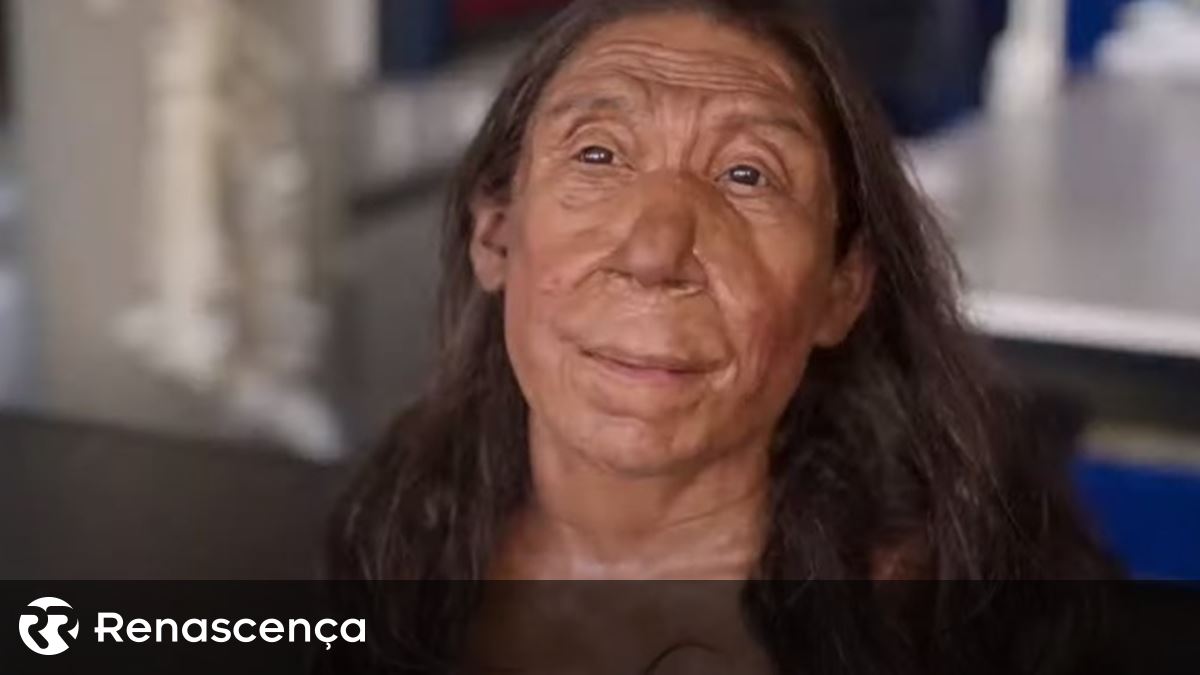A team of researchers did a detailed reconstruction of the face of a Neanderthal womanallowing us to understand the appearance of this one we expected when he lived about 75 thousand years ago.
For this purpose, scientists used the remains of a broken skull collected in the Shanidar cave, in Iraq.
When they were discovered, the bones were in such a fragile state that researchers had to first strengthen them before starting cranial reconstruction.
The “puzzle” took a year to complete and only then did it expert paleoartists who created a real 3D model.
The photo appears in a new BBC Studios documentary for Netflix called “The Secrets of the Neanderthals,” which explores what we know about our extinct evolutionary cousins. about 40,000 years ago.
Teeth were decisive in determining gender and age
The skull on which the model is based was located in Shanidar Cave in Iraqi Kurdistan. He is an archeological emblem site, where there are the remains of at least 10 Neanderthal men, women and children they were discovered in the 1950s.
When a British group was invited by local authorities in 2015, they came across a new skeleton – dubbed Shanidar Z – consisting of the person’s upper body, which included the spine, shoulders , arms and hands.
The skull was also largely intact, but compressed into a layer 2 centimeters thick, possibly the result of rock falling from the top of the cave at some point in the past.
“The skull was almost as flat as a pizza”said the professor in Cambridge, Graeme Barker, who is in charge of the new excavation in Iraq, to the BBC.
The location of Shanidar Z’s remains did not allow for obvious answers to some questions. First, the Neanderthal species.
The pelvic bones would have been helpful in discovering the truth, but they were not recovered from the upper part of the body.
Therefore, researchers relied on certain dominant proteins found in tooth enamel that related to female genetics. The small image of the bone also supports this explanation.
Another question is about the age at which Shanidar Z died. Scientists from Cambridge came to the conclusion that the end would have come around the age of 40, which is also characterized by teeth worn down almost to the root The Neanderthal woman would reach the natural end of her life.
For a long time, scientists believed that Neanderthals were brutish and unsuccessful compared to our species.
But this view was thoroughly changed by the discoveries at Shanidar.
The cave is famous for exhibiting what appears to be a form of burial practice, which marks its a level of civilization sophistication not previously attributed to Neanderthals.
2024-05-02 23:55:23
#Neanderthal #womans #face #reconstructed #piece #piece #scientists #Renaissance


